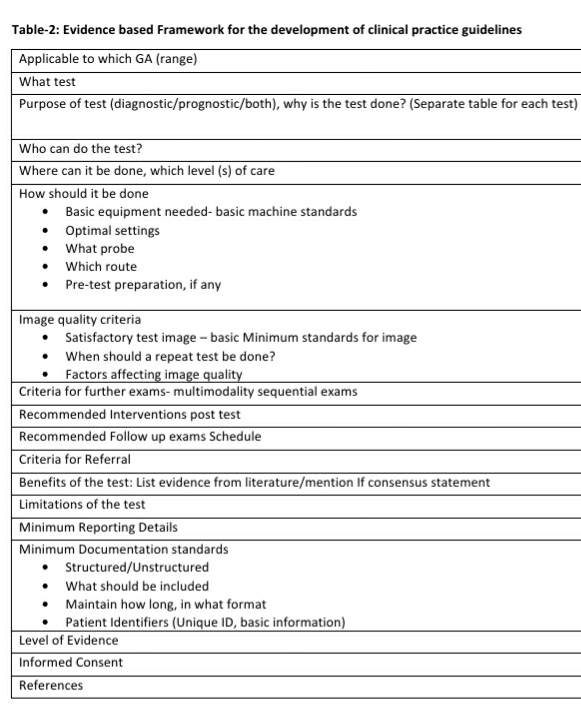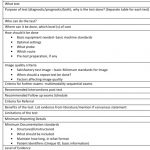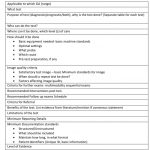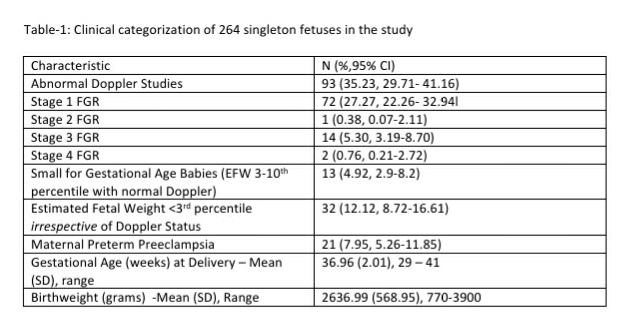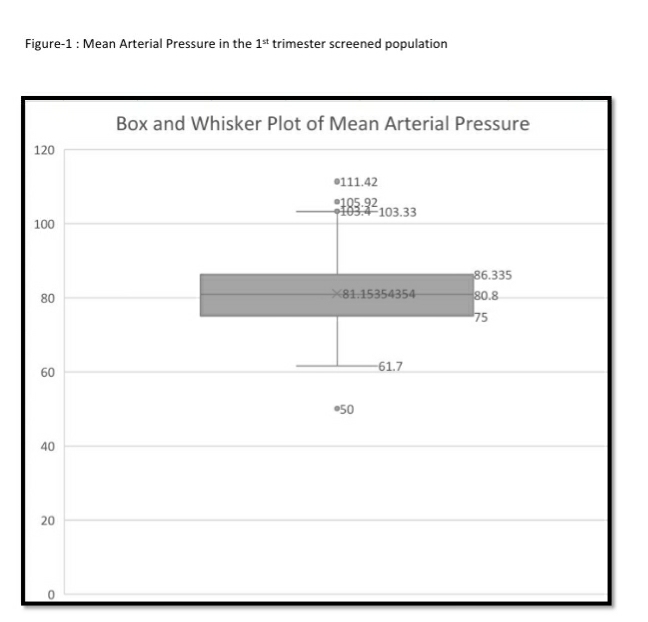Fetal Radiology is a rapidly evolving field as new evidence changes the dynamics of Fetal assessment, prognostication and therapeutic interventions. New evidence can be in the form of newer diagnostic modalities, revised risk criteria or cut-offs and newer dosage schedules. Adapting the new evidence into clinical practice is always a challenge as imaging modalities can be subject the influence of various factors. These include patient characteristics, operator dependent factors including skill, experience, expertise that may lead to intra and inter observer variations and consequent impacts on screening or diagnostic test performance, machine dependent factors like settings, optimization, software and percentile charts selected, probes and even the machine used.
It is important that Fetal Radiology guidelines for clinical practice include the latest evidence as much as possible and are revised after appropriate review at appropriate intervals. The appropriateness of the interval for review may vary depending on the generation of evidence and the severity of the conditions assessed in terms of morbidity, quality of life and consequences of morbidity. However, an arbitrary interval maybe once in 2-3 years, with a screening committee to evaluate new evidence as and when they are available.
The judgment and evaluation of evidence has the potential for bias, implied or inadvertent, and It is therefore essential that the guidelines and the evidence underpinning the development of the guidelines is disseminated widely in a transparent manner. The dissemination, with supporting rationale for the acceptance for incorporation or rejection of new evidence should also be available to all stakeholders.
Dr. Rijo Mathew Choorakuttil, Editor in Chief, The Journal of Fetal Radiology, (http://fetalradiology.in), during his tenure as Subspecialty Head of Fetal Radiology at Indian College of Radiology and Imaging, had prepared a framework for the development of evidence based clinical practice guidelines to be used for the development of Trimester specific USG studies. Several guidelines were developed under his leadership (See Table 1) and submitted to the Indian College of Radiology and Imaging for further dissemination.
We would like to share the framework or structure (See Table-2) on which these guidelines are built for the reference of Fetal Radiologists in India. We believe this framework will provide a clinical, practical, pragmatic context to evaluate clinical practice guidelines for Fetal Radiology in India.
Table -1: List of Guidelines Developed for Dissemination
- NT Scan Information Leaflet
- Limited Obstetric USG Guidelines
- Conditions of Reporting for Fetal Echocardiography
- Practice guidelines for the Performing of Limited Obstetric Ultrasound examinations
- Information leaflet for Anomaly Scan
- 1st Trimester Ultrasound Examination
- Dating of Pregnancy
- 2nd Trimester Ultrasound scan
- Level 1 Anomaly Scan
